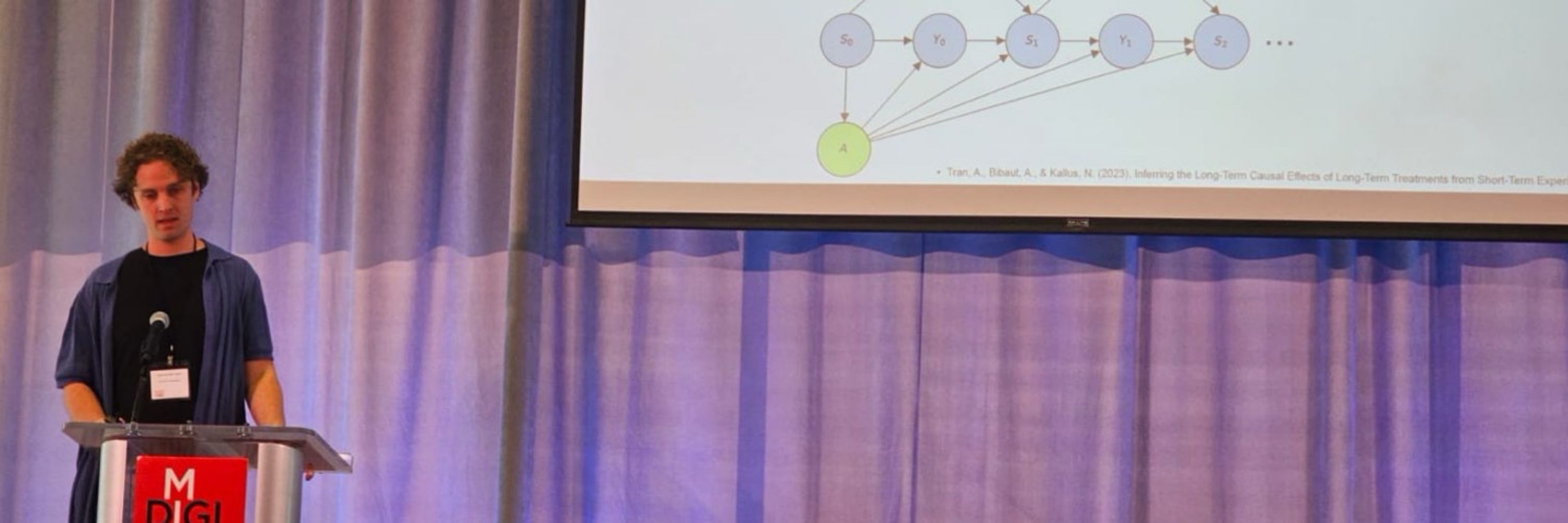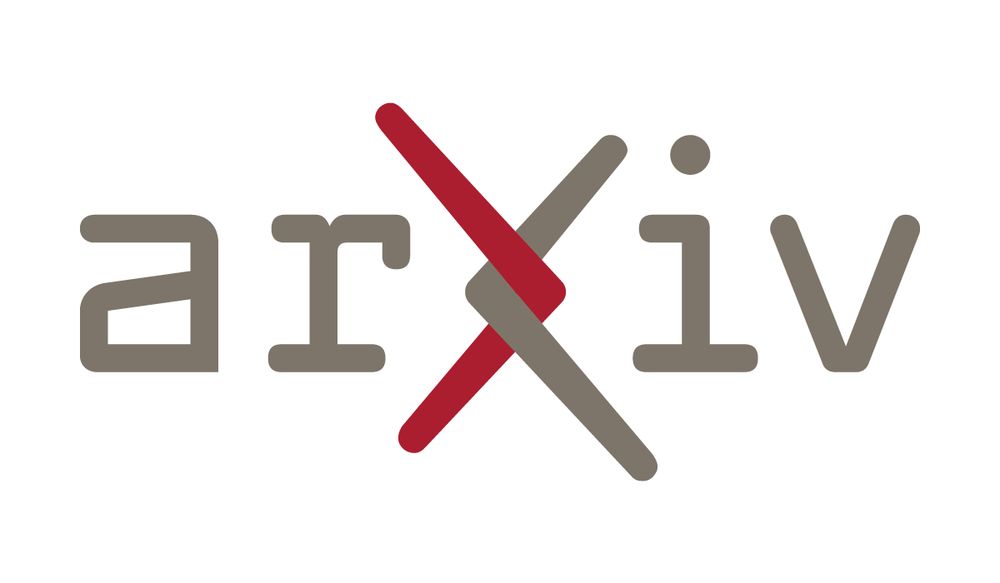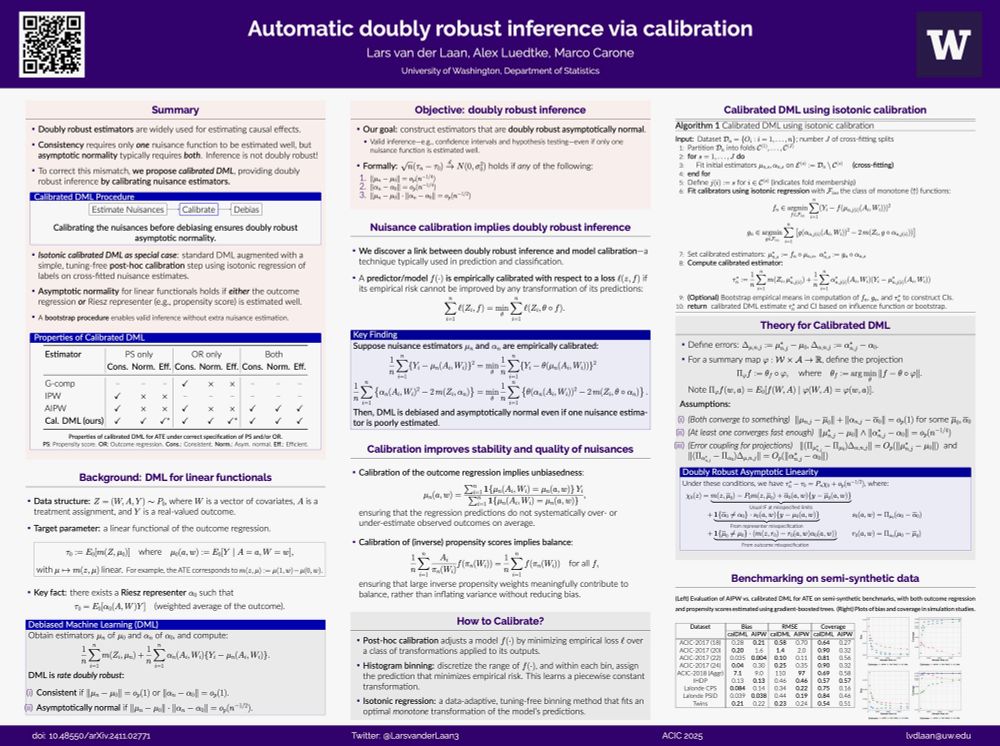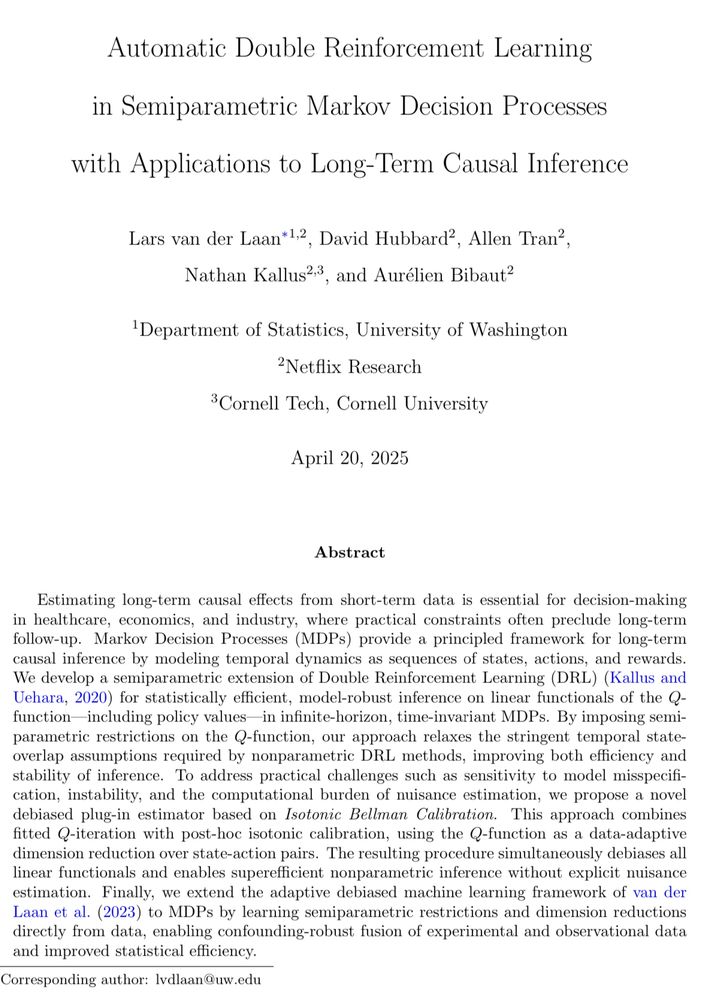Lars van der Laan
@larsvanderlaan3.bsky.social
570 followers
120 following
24 posts
Ph.D. Student @uwstat; Research fellowship @Netflix; visiting researcher @UCJointCPH; M.A. @UCBStatistics - machine learning; calibration; semiparametrics; causal inference.
https://larsvanderlaan.github.io
Posts
Media
Videos
Starter Packs
Reposted by Lars van der Laan
Reposted by Lars van der Laan
Alex Luedtke
@alexluedtke.bsky.social
· May 23
Reposted by Lars van der Laan
apoorva lal
@apoorvalal.com
· May 19
Reposted by Lars van der Laan
Reposted by Lars van der Laan
arxiv.stat.ME
@arxiv-stat-me.bsky.social
· May 13
arxiv.stat.ME
@arxiv-stat-me.bsky.social
· Nov 12
arxiv stat.ML
@arxiv-stat-ml.bsky.social
· Feb 11
Reposted by Lars van der Laan
arxiv stat.ML
@arxiv-stat-ml.bsky.social
· Feb 11




